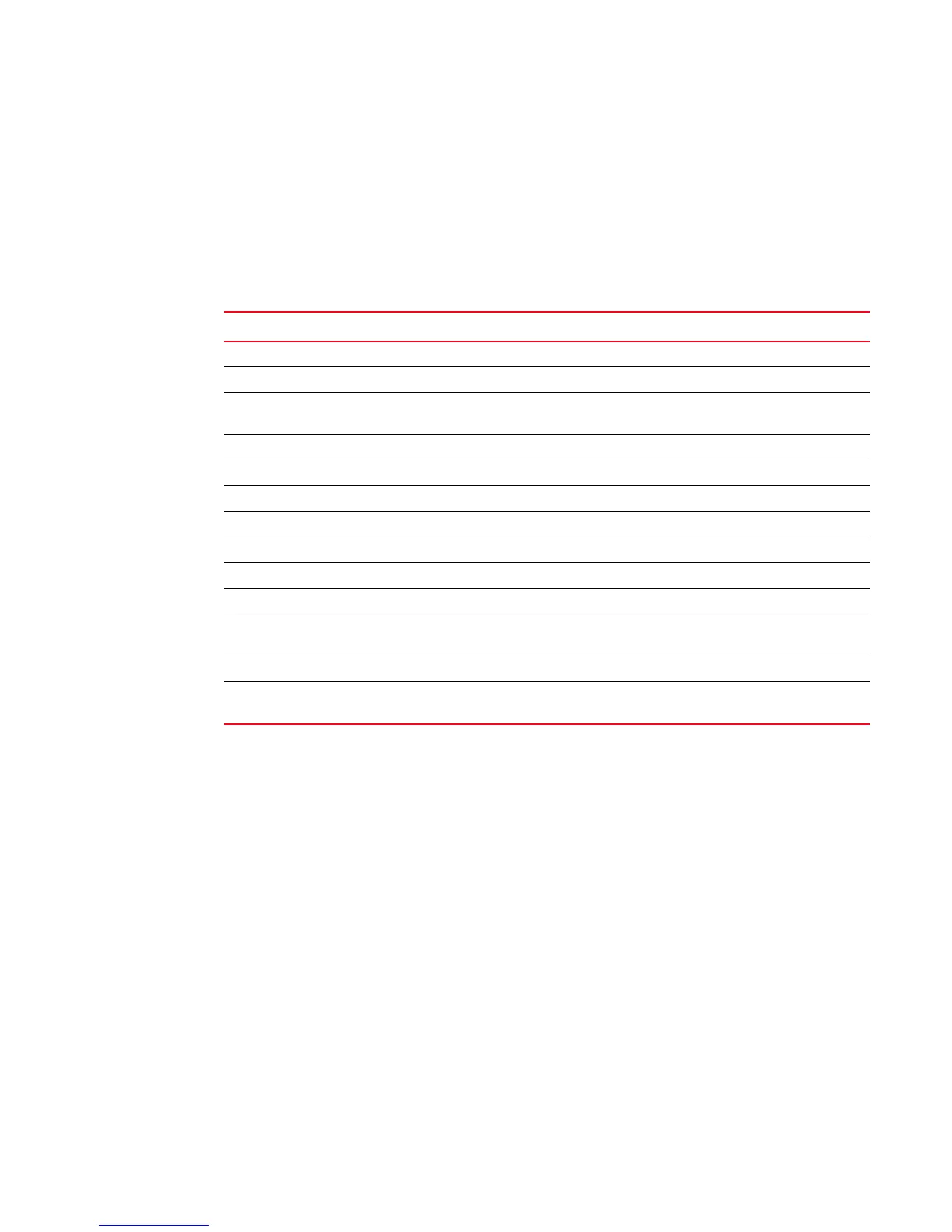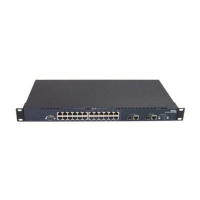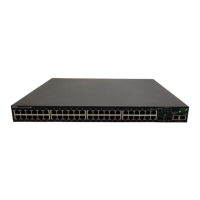BigIron RX Series Configuration Guide 17
53-1002253-01
Logging on through the CLI
2
• Press Ctrl-C cancel the display.
Line editing commands
The CLI supports the following line editing commands. To enter a line-editing command, use the
CTRL-key combination for the command by pressing and holding the CTRL key, then pressing the
letter associated with the command.
Searching and filtering output from CLI commands
You can filter CLI output from show commands and at the --More-- prompt. You can search for
individual characters, strings, or construct complex regular expressions to filter the output.
You can also filter output from show commands to display lines containing a specified string, lines
that do not contain a specified string, or output starting with a line containing a specified string.
The search string is a regular expression consisting of a single character or string of characters.
You can use special characters to construct complex regular expressions. Refer to “Using special
characters in regular expressions” on page 20 for information on special characters used with
regular expressions.
Displaying lines containing a specified string
The following command filters the output of the show interface command for port 3/1 so it displays
only lines containing the word “Internet”. This command can be used to display the IP address of
the interface.
BigIron RX# show interface e 3/1 | include Internet
Internet address is 192.168.1.11/24, MTU 1518 bytes, encapsulation ethernet
Syntax: <show-command> | include <regular-expression>
TABLE 30 CLI line editing commands
Ctrl-key combination Description
Ctrl-A Moves to the first character on the command line.
Ctrl-B Moves the cursor back one character.
Ctrl-C Escapes and terminates command prompts and ongoing tasks (such as
lengthy displays), and displays a fresh command prompt.
Ctrl-D Deletes the character at the cursor.
Ctrl-E Moves to the end of the current command line.
Ctrl-F Moves the cursor forward one character.
Ctrl-K Deletes all characters from the cursor to the end of the command line.
Ctrl-L; Ctrl-R Repeats the current command line on a new line.
Ctrl-N Enters the next command line in the history buffer.
Ctrl-P Enters the previous command line in the history buffer.
Ctrl-U; Ctrl-X Deletes all characters from the cursor to the beginning of the command
line.
Ctrl-W Deletes the last word you typed.
Ctrl-Z Moves from any CONFIG level of the CLI to the Privileged EXEC level; at
the Privileged EXEC level, moves to the User EXEC level.

